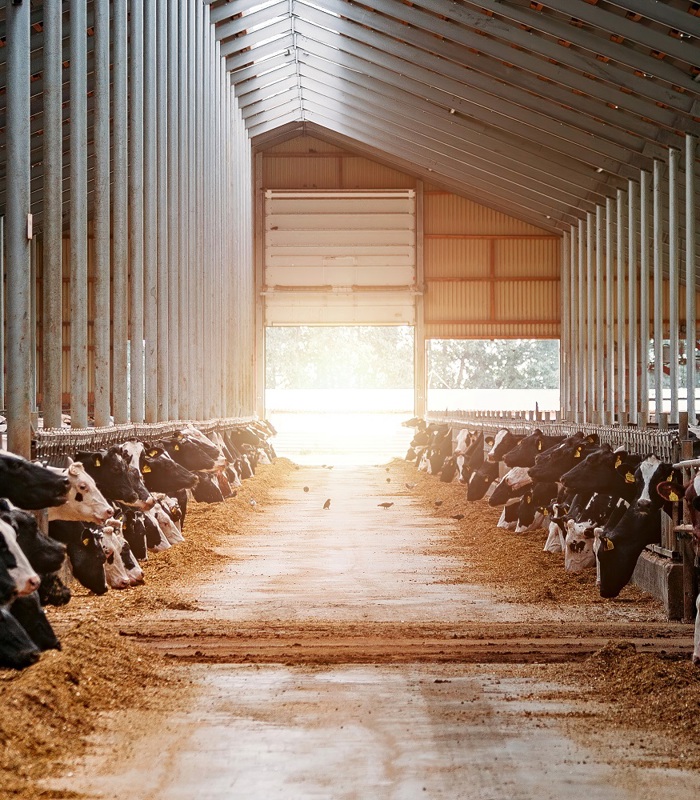Students of the Livestock Farming course at HAS University of Applied Sciences have been studying heat stress in dairy cows. This graduation research, on behalf of the Precision Livestock Farming research group, investigated which individual cow indicators signal heat stress at an early stage, among other things. In addition to environmental factors such as temperature, individual differences have also been observed in a cow’s ability to handle heat.
Heat stress occurs when an imbalance arises between the heat produced in a cow and the animal’s ability to disperse this heat to the environment. In 2020, there were 110 warm days in Netherlands town De Bilt (temperature higher than 20 °C). This means that on almost one third of the days in 2020, dairy cows in the Netherlands were at risk of heat stress. This risk can be estimated using the temperature humidity index (THI).
Negative consequences
Heat stress has negative consequences on various aspects, such as milk yields and cow udder health. This graduation research analysed data from a conventional dairy farm. It included comparisons of milk yields and cell counts from three periods (THI less than 68, THI 68 to 75, and THI above 75). This data showed that the milk yield (kg/day) decreased by an average of 23% and the somatic cell count increased 300% during a period when the THI exceeded 75. This highlights how important it is to identify heat stress in good time.
Eating time indicates heat stress
In this graduation research, Anke Dortants, Caroline Tielemans and Floor Schouw examined various individual cow indicators, including their activity (lying down, eating, ruminating). This showed that lying and eating times increased slightly as soon as there was a risk of heat stress (THI 68 to 75). They then plummeted once the THI exceeded 75. Increased eating and lying times could therefore be an early indication of heat stress. One explanation is that the maintenance requirements of a dairy cow increase because of the increased evaporation via panting.
Which cows are most sensitive to heat stress?
The study also identified a number of risk factors for heat stress, including milk yields and lactation number. High-yielding cows (more than 36 kg/day) and older cows (lactation 3 or higher) suffer more from heat stress than other cows. This was shown by the extent of the decrease in lying and rumination time, and in the number of eating periods per day.

